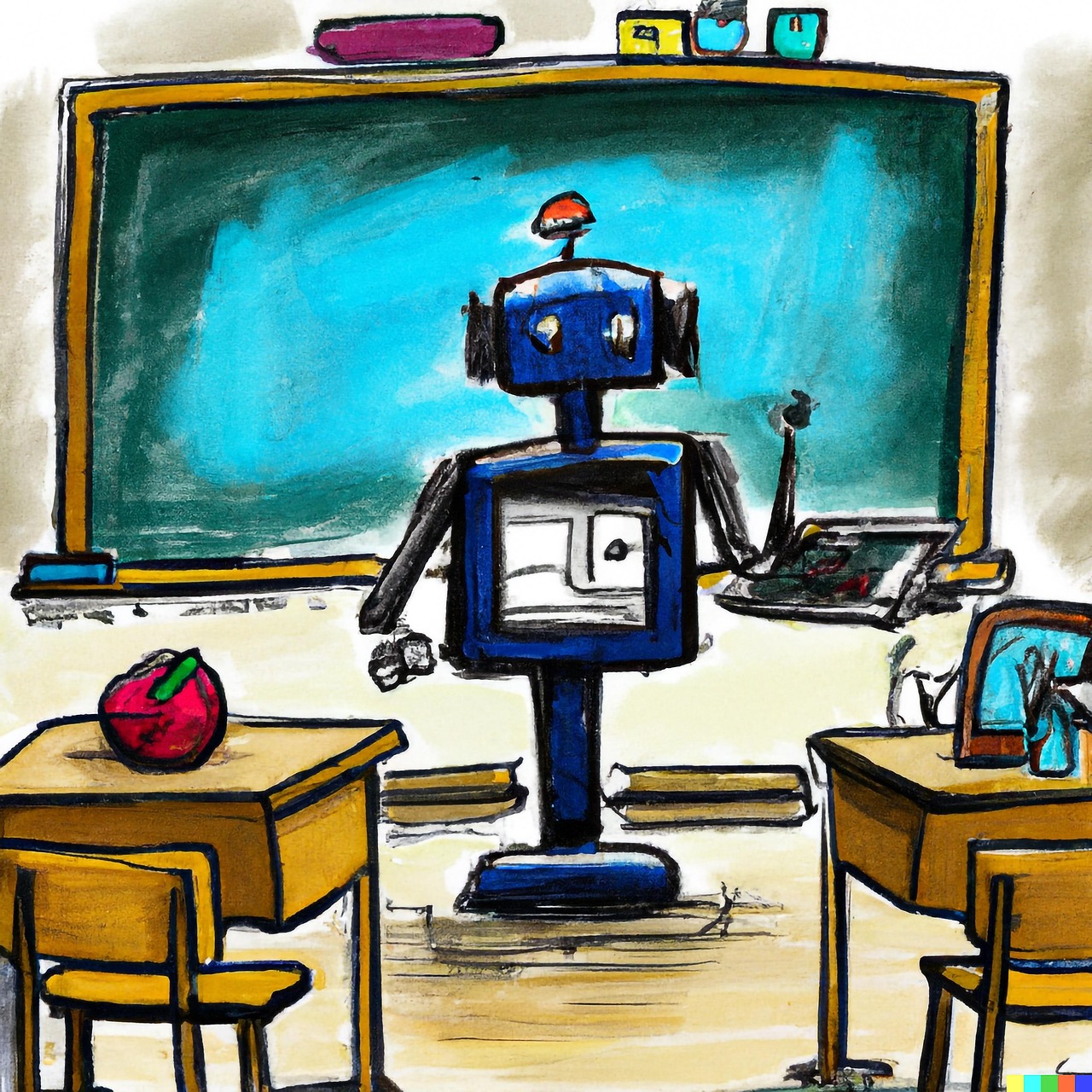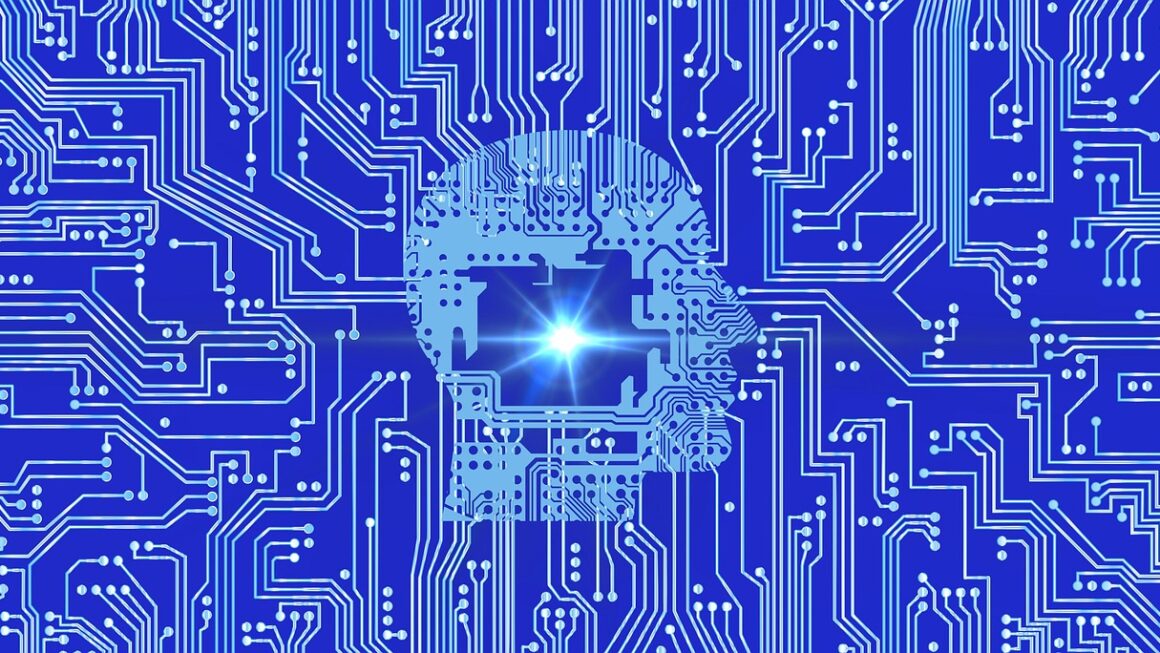Imagine being able to conjure stunning visuals from thin air, just by typing a few words. That’s the promise of image generation, a revolutionary technology transforming art, design, marketing, and countless other fields. No longer limited by stock photos or relying solely on human artists, image generation empowers anyone to create unique and captivating visuals, opening up a world of possibilities. This blog post will delve into the exciting world of image generation, exploring its workings, applications, and potential impact.
Understanding Image Generation
Image generation, also known as AI image synthesis, is the process of creating new images using artificial intelligence algorithms. These algorithms, typically based on deep learning models, are trained on vast datasets of images and text. Once trained, they can generate new images based on text prompts or other input data.
How Image Generation Works
At the heart of most image generation models lies a combination of techniques, primarily:
- Generative Adversarial Networks (GANs): GANs involve two neural networks, a generator and a discriminator. The generator creates images, while the discriminator tries to distinguish between real and generated images. Through this adversarial process, the generator learns to create increasingly realistic images.
- Diffusion Models: Diffusion models work by adding noise to an image until it becomes pure noise. Then, the model learns to reverse this process, gradually removing the noise and reconstructing the image. This approach often produces high-quality and detailed images.
- Transformers: Transformers, originally developed for natural language processing, have also found success in image generation. They analyze the relationships between different parts of an image and can generate images based on complex prompts.
The Training Data’s Impact
The quality and diversity of the training data are crucial to the performance of image generation models.
- Bias: If the training data is biased towards certain demographics or styles, the generated images may also reflect these biases.
- Creativity: A diverse dataset allows the model to learn a wider range of concepts and styles, leading to more creative and original outputs.
- Realism: A large and high-quality dataset is essential for generating realistic and detailed images.
- Actionable Takeaway: Be aware of the potential biases in image generation models and consider how the training data might influence the results.
Key Applications of Image Generation
Image generation is rapidly expanding into various industries, offering innovative solutions and creative possibilities.
Art and Design
Image generation is becoming a powerful tool for artists and designers.
- Concept Art: Quickly generate variations of ideas and explore different design directions. For example, a game designer could use a text prompt like “a futuristic city at sunset” to generate several concept art pieces.
- Digital Art: Create unique and personalized artwork from text prompts. Artists can refine and iterate on the generated images to achieve their desired aesthetic.
- Graphic Design: Generate visuals for marketing materials, website designs, and social media posts. A marketing team could generate images for a new product launch based on specific brand guidelines.
Marketing and Advertising
Image generation can significantly streamline content creation for marketing campaigns.
- Product Visualization: Generate realistic images of products in different settings or configurations. A furniture company could generate images of a sofa in various room styles without needing to physically stage a photoshoot.
- Personalized Advertising: Create customized ads based on individual user preferences. An e-commerce company could generate ads featuring products that a user has previously viewed or expressed interest in.
- Stock Photos: Generate unique stock photos that are not available anywhere else. This allows businesses to create distinctive and eye-catching visuals.
Education and Research
Image generation has valuable applications in education and research.
- Visual Aids: Generate illustrations and diagrams for educational materials. For example, a biology teacher could generate an image of a cell structure.
- Scientific Visualization: Create visualizations of complex data and phenomena. Scientists can use image generation to visualize molecular structures or weather patterns.
- Accessibility: Generate visual representations of text for people with visual impairments.
- Actionable Takeaway: Explore how image generation can enhance your creative workflows and marketing strategies. Experiment with different prompts and models to discover the possibilities.
Choosing the Right Image Generation Tool
With the rapid proliferation of image generation tools, selecting the best one for your needs can be challenging.
Popular Image Generation Platforms
Here are some of the leading image generation platforms:
- DALL-E 2: Known for its ability to generate highly realistic and detailed images from text prompts.
- Midjourney: Offers a more artistic and surreal aesthetic, popular for creating visually stunning and imaginative images.
- Stable Diffusion: An open-source model that allows users to run image generation locally on their own computers.
- NightCafe Creator: Provides various AI art tools, including text-to-image generation, style transfer, and more.
Factors to Consider
When choosing an image generation tool, consider these factors:
- Image Quality: Assess the realism, detail, and artistic style of the generated images.
- Ease of Use: Evaluate the user interface and the complexity of the prompting process.
- Cost: Compare the pricing models and subscription plans of different platforms.
- Customization Options: Determine the level of control you have over the generated images.
- Community Support: Check for active user communities and available documentation.
Prompt Engineering: The Key to Success
The quality of the generated images heavily depends on the prompts you provide. Effective prompt engineering is crucial for achieving desired results.
- Be Specific: Provide detailed descriptions of the image you want to generate.
- Use Keywords: Incorporate relevant keywords to guide the model.
- Experiment: Try different prompts and variations to find what works best.
- Add Modifiers: Use modifiers to control aspects like style, color, and composition. For example, “a portrait of a woman, oil painting, Rembrandt style, dramatic lighting.”
- Iterate: Refine your prompts based on the generated images to achieve the desired outcome.
- Actionable Takeaway: Experiment with different image generation platforms and focus on honing your prompt engineering skills. Start with free trials or limited versions to explore the features and capabilities of each tool.
Ethical Considerations and Challenges
While image generation offers incredible potential, it also raises ethical concerns and presents certain challenges.
Copyright and Ownership
The ownership of generated images can be complex and unclear.
- Copyright Law: Current copyright laws often don’t address the ownership of AI-generated content directly.
- Terms of Service: Image generation platforms typically have terms of service that outline the ownership rights of generated images.
- Attribution: It’s essential to be transparent about the use of AI-generated images and provide appropriate attribution.
Misinformation and Deepfakes
Image generation can be used to create realistic fake images, which can contribute to misinformation and distrust.
- Detection Tools: Researchers are developing tools to detect AI-generated images.
- Responsible Use: It’s crucial to use image generation responsibly and avoid creating or spreading misleading content.
- Watermarking: Some platforms are exploring watermarking or other methods to identify AI-generated images.
Bias and Representation
Image generation models can perpetuate and amplify existing biases in training data.
- Addressing Bias: Efforts are underway to develop methods for mitigating bias in AI models.
- Diverse Datasets: Building diverse and representative training datasets is crucial for reducing bias.
- Ethical Guidelines: Following ethical guidelines and best practices is essential for responsible AI development.
- Actionable Takeaway: Stay informed about the ethical considerations and challenges surrounding image generation and use the technology responsibly. Consider the potential impact of your creations and strive for fairness and accuracy.
The Future of Image Generation
Image generation is rapidly evolving, with significant advancements expected in the coming years.
Improved Realism and Detail
Future models will likely generate even more realistic and detailed images, blurring the line between AI-generated and real-world visuals.
- Higher Resolution: Expect higher-resolution images with greater detail and clarity.
- Enhanced Texturing: Improved models will create more realistic and nuanced textures.
- Better Lighting: More accurate and dynamic lighting effects will enhance realism.
Greater Control and Customization
Users will gain more control over the image generation process, allowing for greater customization and personalization.
- Fine-Grained Control: Expect more parameters and settings for controlling various aspects of the generated images.
- Style Transfer: Improved style transfer capabilities will allow users to easily apply different artistic styles to their images.
- Interactive Editing: Future tools may allow for real-time interactive editing of generated images.
Integration with Other Technologies
Image generation will increasingly integrate with other technologies, such as virtual reality, augmented reality, and robotics.
- VR/AR Content Creation: Generate 3D models and textures for virtual and augmented reality environments.
- Robotics and Automation: Create visual data for training robots and automating tasks.
- Personalized Experiences: Generate personalized visual content for various applications.
- Actionable Takeaway:* Keep an eye on the latest developments in image generation and explore how these advancements can benefit your work and creative endeavors.
Conclusion
Image generation is a transformative technology with the potential to revolutionize various industries. From art and design to marketing and education, the applications are vast and ever-expanding. While ethical considerations and challenges exist, the future of image generation is bright, promising even more realistic, customizable, and integrated solutions. By understanding the technology, mastering prompt engineering, and embracing responsible use, you can harness the power of image generation to unlock new levels of creativity and innovation.




